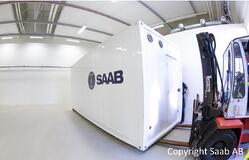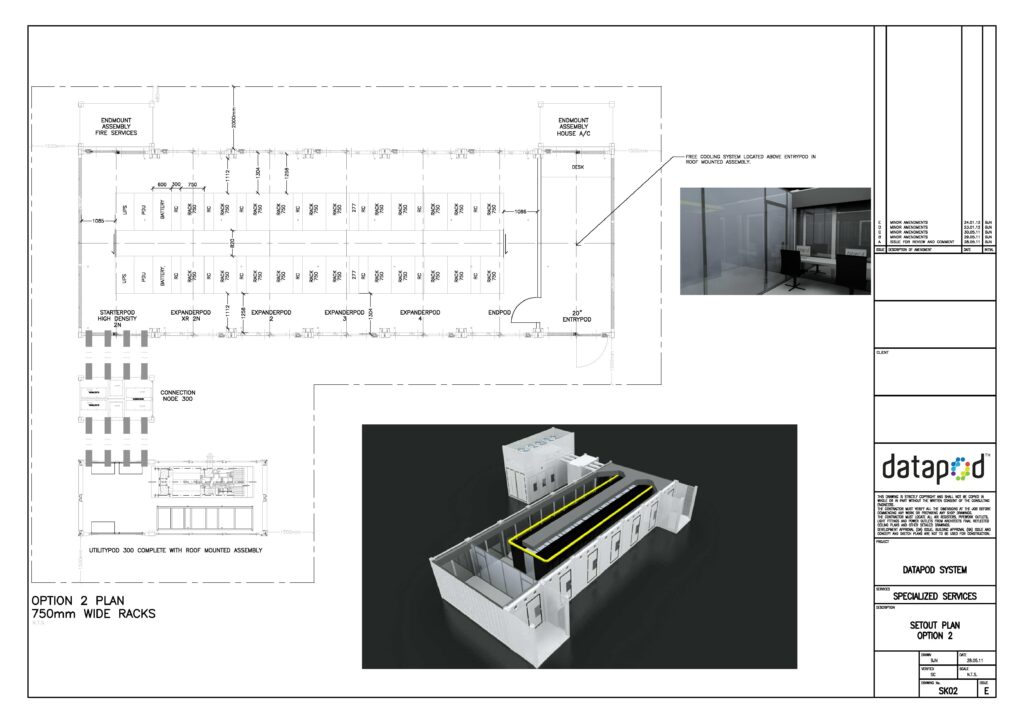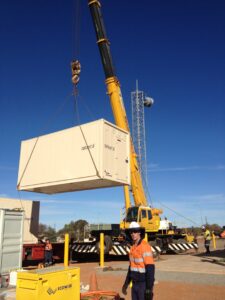2014 will be a landmark year as more CIO’s begin an executive management revolution by leveraging from modular data center technology to become the engine room for better corporate outcomes.
At the heart of the revolution is addressing the many pitfalls associated with traditional data center builds including custom-engineering and the associated risks, delays and costs, as well as the lack of flexibility demonstrated by typical data centers.

Datapod and the Data Center 2.0 approach eliminate many of the traditional barriers faced by organisations wishing to deploy new data center capacity.
The Datapod System incorporates a ‘building-block’ approach that enables a dramatic simplification of the design process, reduced time-to-deploy, and precise alignment of IT capital expenditure with expected business ROI.
Data Center Challenges
Data center operators, designers and builders are under overwhelming pressure from customer and end users to deliver data center capacity with lower upfront capital outlay at a faster pace and without any compromise to reliability whilst maintaining or improving operational and energy efficiency.
1. Infrastructure
There are many financial challenges associated with infrastructure within a brick and mortar building.
To begin, forecasting and measuring the total cost of ownership (TCO) for data center physical infrastructure (DCPI) is essential for return-on-investment (ROI) analysis.
Over-sizing is the main contributor to excess TCO. Over-sizing creates inefficiencies in the data center including excess capital cost, operating cost, and specifically energy cost. The average data center operator can achieve the highest return on investment in relation to DCPI through right-sizing.
Right-sizing the DCPI system to the load is the key to optimising TCO and has the most impact on DCPI electrical consumption.

Right-sizing can potentially eliminate over 50% of the energy bill. The excess lifecycle costs associated with over-sizing also include the expenses of operating the facility.
These costs include maintenance contracts, consumables, land and energy. Since over-sizing gives rise to underutilised equipment that must be maintained, a large fraction of the maintenance costs are wasted.
Data center efficiency is key to controlling energy costs and should be a subject of significant importance to all data center operators.
Secondly, traditional data center “room” cooling is unable to accommodate the latest generation of high and variable density IT equipment resulting in cooling systems that are inefficient, unpredictable, and low in power density.

Data Center 2.0 generation creates the flexibility, predictability, scalability, reduced electrical power consumption, reduced TCO and optimum availability that row and rack-orientated cooling architectures can provide.
Additionally, the factors that gave rise to the establishment and use of the raised floor in the data center environment are no longer justified or desirable. In fact, the highest density and highest efficiency data center power and cooling technologies specifically do not require a raised floor.
Image right: A modular Datapod data center is craned into place at a remote mining location.
2. Space
Utilising space for server rooms and data centers is unlikely to be the best and most cost-effective use of space within a commercial building.
By vacating current server rooms and returning them to alternative purposes such as office space, significant savings can be made. For example, a 100m2 (1076ft²) 6-8 standard workstations, possibly negating the need to move or take on new premises.
Modular data centers, such as the Datapod System, can be deployed to any site with a prepared area. Deployments to greenfield sites require a site to be prepared before Datapod assembly can take place. Site preparation is integral and critical to deployment efficiency.
3. Colocation Option
Many IT departments are not able to colocate their IT hardware for reasons of security and/or convenience. When outsourcing is not an option, in-house data centers are necessary; modularisation enables organisations to deploy data center technology in a flexible and efficient way.
Even the unique technical and engineering requirements of small server rooms make this a complex
and expensive decision as IT systems virtualise and become more dense.
4. Demand Spike
Mergers, new projects or other sudden increases in demand on IT systems can be problematic for a traditional data center designed for static, low density loads.
Expansion or refurbishment of a traditional 1.0 data center is likely to be cost prohibitive. Having the option of accessing additional data center capacity in the short term can be highly advantageous to business operations. Short-term requirements are often difficult to assess and address.
Many times investment is considered a solution for a temporary requirement, when a more appropriate course of action would be a short-term rental.
Datapods can be rented for as little as 24 months.